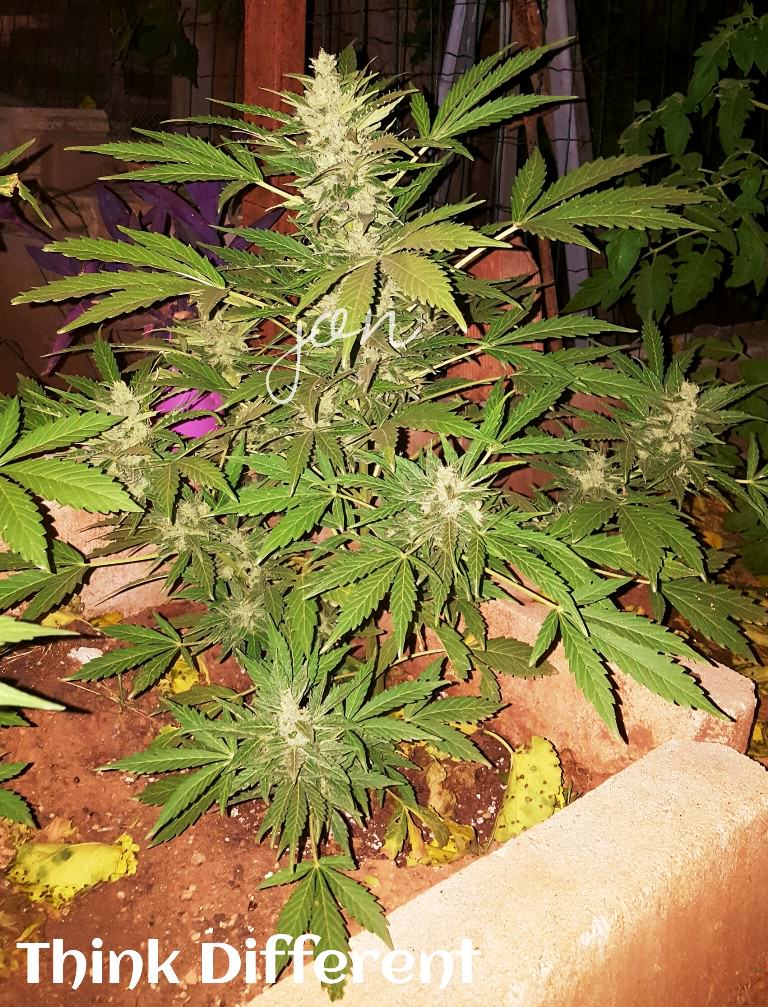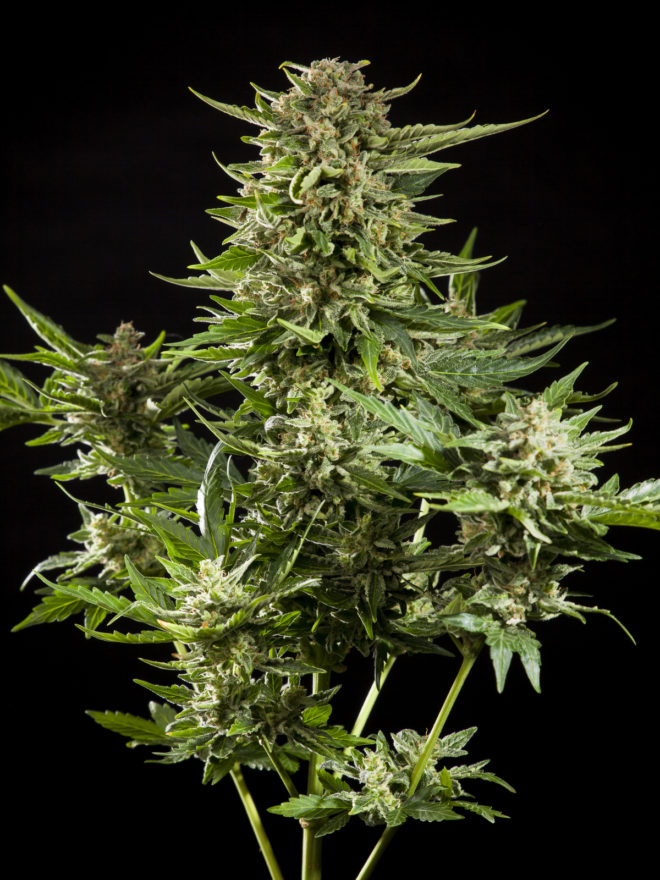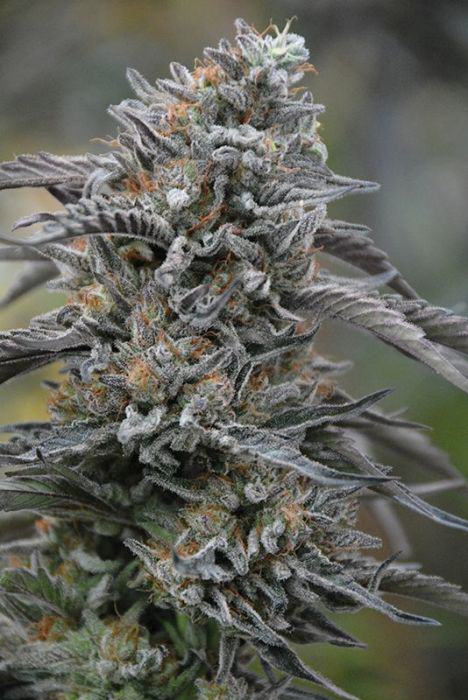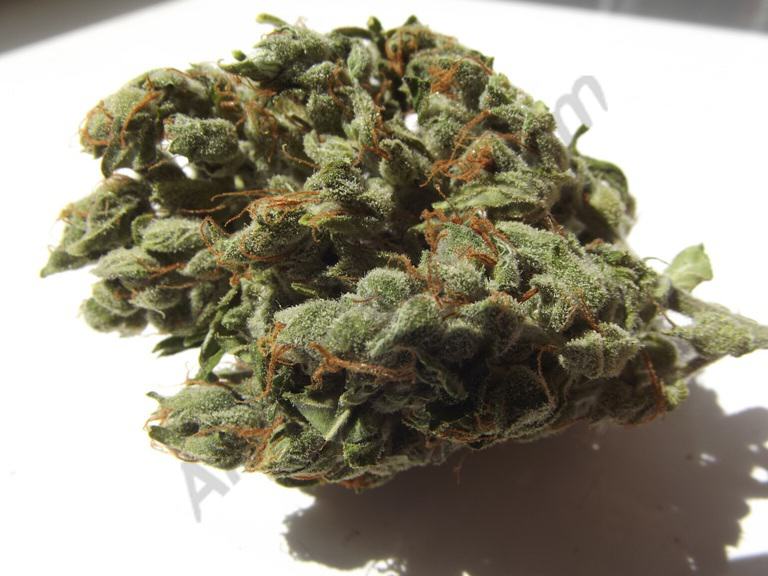Auto-Flower, Fast Version & Photo-Dependent... what's the difference?
List of contents
Nowadays we growers are faced with more choices than ever when buying cannabis seeds, which can be a little overwhelming for some of us. It's not uncommon to find a seed bank offering several different versions of their best genetics, so as well as feminised seeds, we can often find the same strain also being sold as an "auto" and sometimes even a "fast version". What exactly does all this mean, and why do breeders offer these different options?
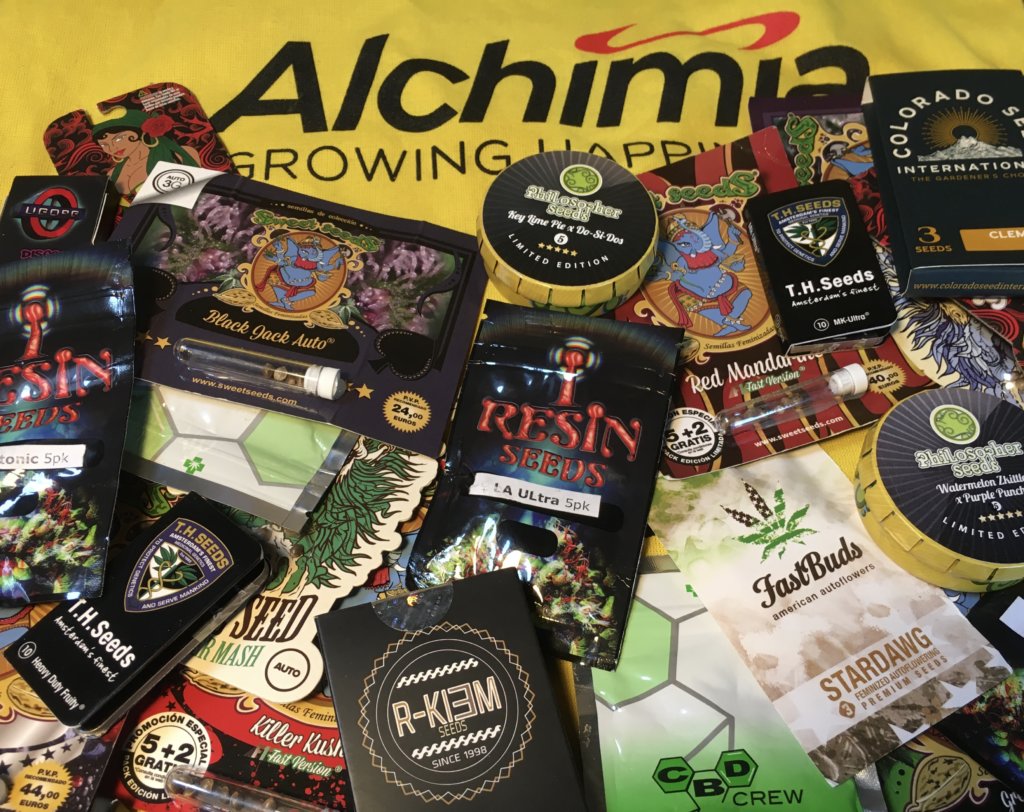
It's been well over a decade since auto-flowering cannabis genetics burst onto a market that, until then, had only consisted of feminised and regular seeds. A little later on, in 2013, Sweet Seeds made the first F1 Fast Versions available for sale. Since then, both of these new types of seed have steadily been improved in quality and, as a result, become hugely popular among cannabis cultivators.
Despite this increased acceptance among growers, there's still some confusion and uncertainty about exactly what makes these automatic and "semi-automatic" plants different from the good old photo-dependent varieties that have formed the basis of cannabis culture for time immemorial. Read on, and we'll explain the basic differences between autos, fast versions and standard photoperiod plants and talk about some advantages of each type of genetics.
What are Photoperiod/Photo-dependent varieties?
Simply put in general terms, a photo-dependent or photoperiod-sensitive variety is one that will only start to flower when it's exposed to a photoperiod with around 12 hours or more of uninterrupted darkness.
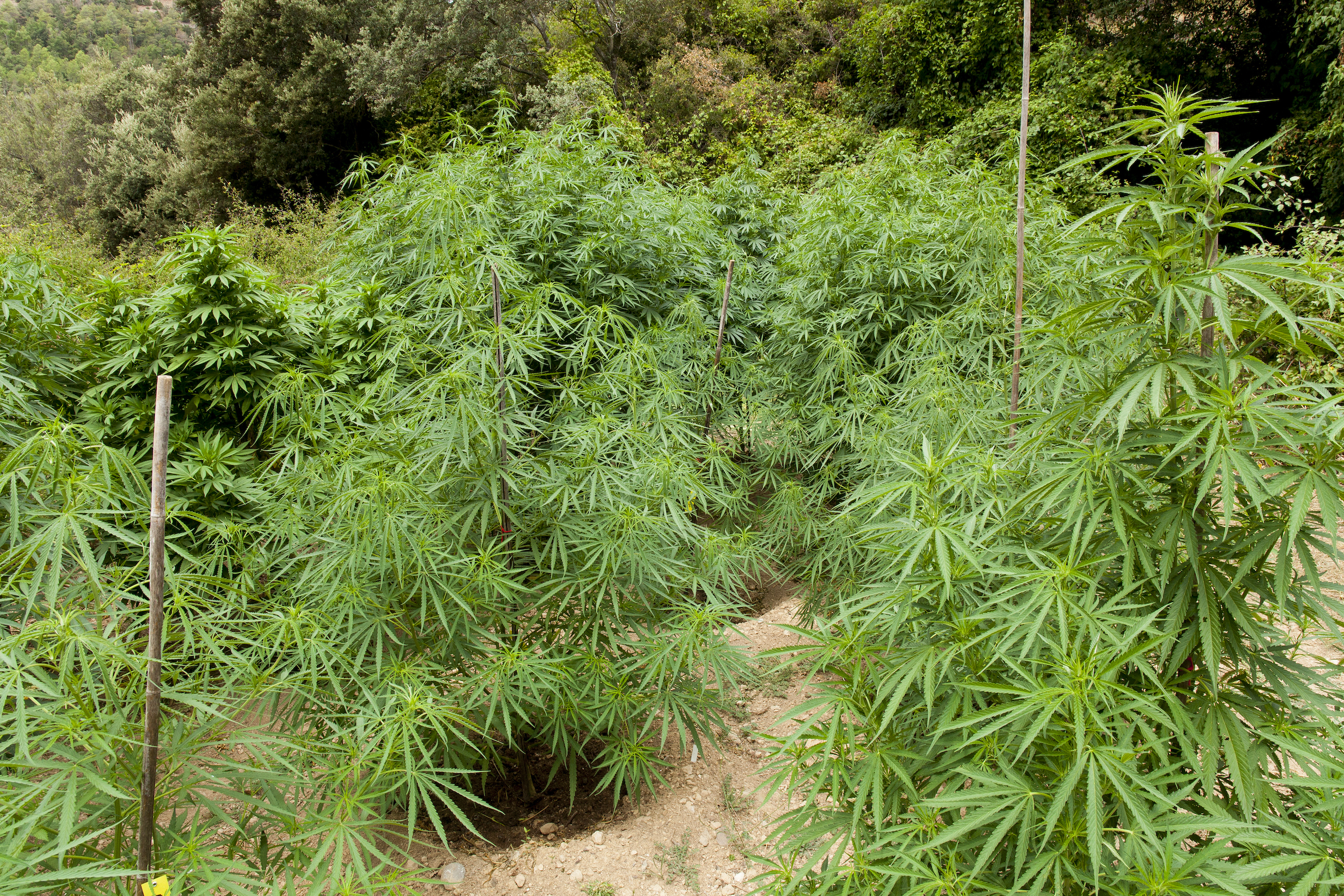
Photoperiod-dependent varieties are the short-day flowering type of cannabis that growers have been cultivating since forever. We can define them as plants with distinctly separate vegetative growth and flowering phases, both of which are fully dependent upon the photoperiod (the light schedule) that they are exposed to. For indoor growing, this means that while we keep the plants under a growth photoperiod they will continue to develop without flowering.
The standard photoperiod used by indoor growers for vegetative growth is 18 hours of light and 6 of darkness. When the grower decides that the plants have grown big enough, the photoperiod is changed to 12/12 to initiate flowering, meaning they receive 12 hours of light and 12 hours of darkness. In outdoor cultivation, this sensitivity to the photoperiod means that the plants will keep growing all through spring until late summer when the hours of darkness are enough to trigger blooming.
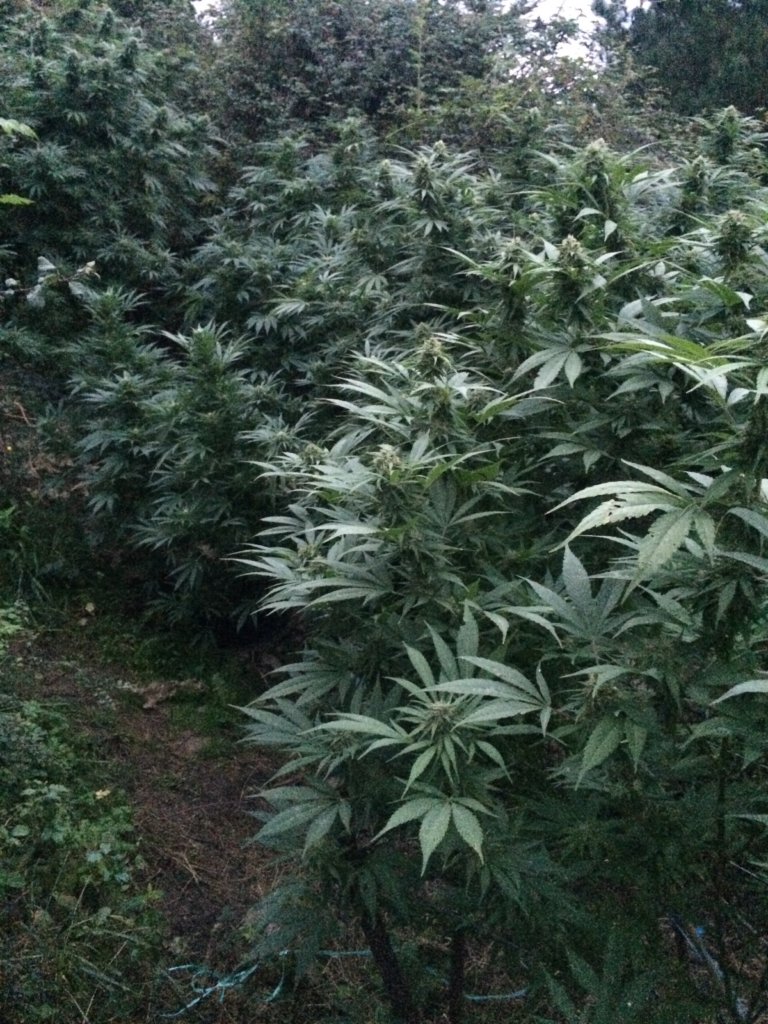
Photoperiod plants offer growers greater control over the cultivation cycle, so if we want, we can have very large and productive cannabis plants by extending the vegetative growth stage. On the other hand, we may decide to restrict the final size of our plants by only giving them a very short growth period. In this way, we can tailor the duration and size of our cultivation to our circumstances and adapt to any possible time or space constraints. Another advantage of photoperiod seeds is the sheer range and choice of genetics to choose from, a vast spectrum of varieties that far outnumbers the selection of Autos and Fast Versions currently available.
Features of photoperiod varieties:
- Control of final plant size
- Control of crop duration
- Bigger potential harvests
- Higher cannabinoid levels
- Widest choice of genetics
- Can be cloned and kept as mother plants
Photo-dependent or photoperiod genetics are available as Feminised or Regular seeds. To understand more about how day and night length affects our plants, check out our blog post on the subject: The Photoperiod of cannabis plants grown indoors.
What are Automatic or Auto-Flowering varieties?
Autos or auto-flowering cannabis varieties are plants that will begin to flower "automatically", regardless of the photoperiod they are exposed to.

The best thing about automatic cannabis seeds is the freedom that they offer growers, enabling them to cultivate cannabis outdoors at almost any time of year, as long as the climate allows it. Now there's no need to wait till autumn to savour your sun-grown buds because they'll be ready to harvest as soon as 2 months after germination, whatever the time of the year and amount of daylight. This means that, with the correct planning, growers can harvest several crops throughout the season, and enjoy tasty flowers all year round!
But it's not just outdoors where autos can really shine, they can be grown with excellent results indoors too, where they can be very useful, for example, to fill a space in your veg room or mother tent, enabling you to take an auto from start to finish while the photo-dependent plants around it carry on growing under 18 hours light and 6 hours darkness. You can also increase yields and get big indoor auto harvests by using a photoperiod of 20/4 or even 24 hours light, thus increasing the overall lumens the plant will receive during flowering by 50-100%, with a corresponding increase in potential yields!
Auto varieties inherit their auto-flowering characteristic from a sub-species of Cannabis Sativa called Ruderalis (some botanists classify it as a separate species) that is native to the northern parts of Russia, Central Europe and Central Asia, and found growing wild all across North America. The auto-flowering trait is most likely an evolutionary adaptation enabling plants to complete their breeding cycle during the long days of the short Siberian summer, where short-day plants wouldn't finish in time for seeds to mature.

These days, autos make up well over 30% of our seed sales here at Alchimia, but when they first came on the market they were looked on as little more than a freakish curiosity, dwarf-sized plants that would start flowering 2-3 weeks after germination and didn't give much yield. They even gained something of a poor reputation in terms of flavour and effect, early autos not being particularly productive in terpenes or cannabinoids.
Despite this, cannabis breeders saw the potential offered by these genetics and continued their research and development, improving the quality of each new generation to the current point where the flavour, aroma and effect of the end product are almost indistinguishable from photo-dependent flowers. Breeding efforts have also focussed on increasing the size of the plants, so now we can even find XXL Auto versions of our favourite strains which will grow to a very good size, delivering much bigger yields too. How things have changed!
Features of auto-flowering varieties:
- Flowering photoperiod: up to 24 hours daylight
- Very fast turnaround from germination
- Multiple outdoor harvests in one year
- No need to change photoperiod indoors
- Perfect for small spaces and discreet gardens
- Cannot be kept as mother plants
Tips for growing autoflowering cannabis plants
Growing automatic strains is very popular among many growers taking their first steps in the cannabis world. Learn about the needs of autoflowering plants to get the most out of them and achieve the best quality and production, so you can enjoy an easy and problem-free process.
What is an F1 Fast Version?
Fast versions are F1 (first generation) hybrids between auto and photo-dependent genetics, resulting in offspring that are photoperiod-sensitive, but that will mature around 1-2 weeks earlier than their fully photo-dependent parent, thanks to the influence of the auto-flowering trait.
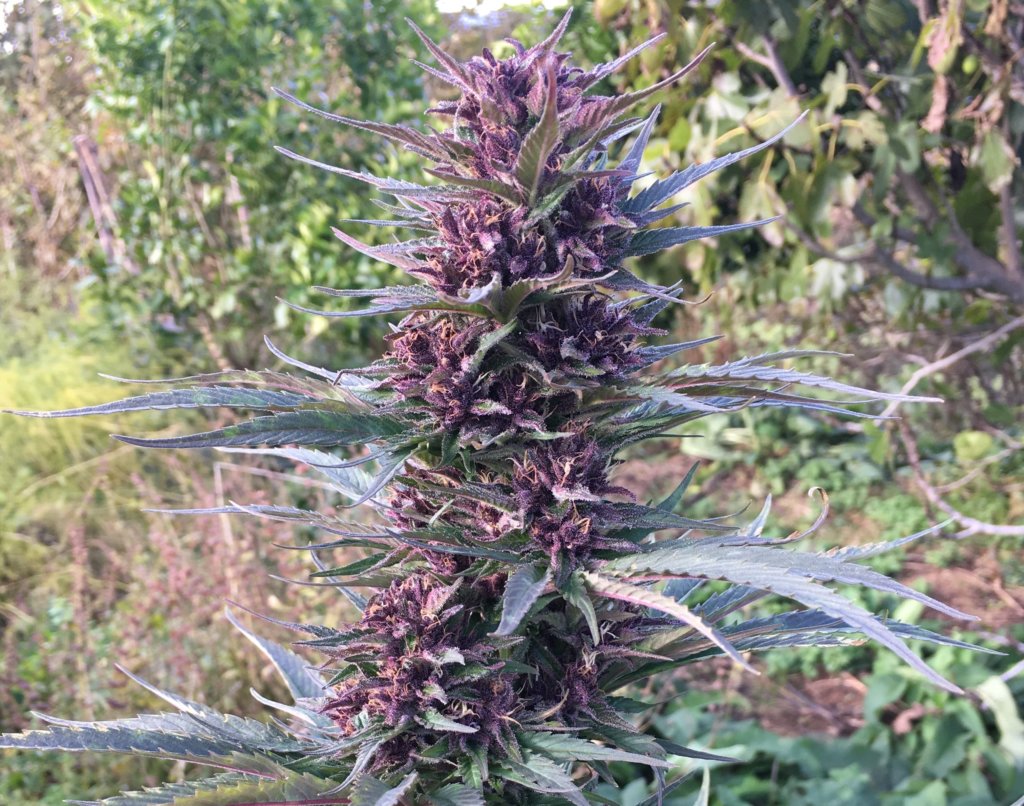
These Fast or Early versions are perfect for guerrilla growers who want to ensure that their outdoor crop is safely harvested and hanging to dry as early as possible in the season. With this type of seed, cultivators can have the best characteristics of both types of seed, with the hybrid vigour of photoperiod seeds alongside the ridiculously fast flowering times of automatic plants. This enables outdoor growers to pull off big harvests ahead of the rest, not only beating the bad weather in early autumn but also making sure they keep one step ahead of nosey neighbours, over-enthusiastic police or potential weed thieves, aka rippers.
F1 Fast Versions are also a very interesting proposition for indoor growers because they can be treated just like photo-dependent varieties, meaning that, amongst other things, we can take cuttings of the best examples to keep as mother plants for future crops. We can also control the duration and size of the crop by providing them with as much or as little vegetative growth as is convenient, allowing them to reach the desired size before switching them over into flower. But once we give them a 12/12 photoperiod is when we see the real advantage of their ultra-speedy flowering, as the influence of the Ruderalis genetics mean they will be ready to harvest in 6 weeks for the earliest examples, and up to 8 weeks for the latest varieties, giving growers the possibility of more harvests each year than normal, fully photo-dependent varieties.
As F1 Fast Versions have gained acceptance and grown in popularity among cannabis cultivators, various seedbanks have also worked to develop their own super-fast-flowering strains, for example, Dinafem with their Quick varieties, which, like F1 Fast Versions, combine auto-flowering and photo-dependent genetics in F1 hybrids that finish 7-14 days earlier than their "non-quick" counterparts. On the other hand, Philosopher Seeds have taken a different approach for their Early varieties and, instead of employing Ruderalis genetics to shorten the flowering time, they have used Moroccan landrace genetics. The famously fast-flowering Early Maroc has been used to create early-flowering hybrids of exciting elite strains such as GG4, Gelato and Super Lemon Haze, bringing the normal harvest time forward by up to 2 weeks outdoors!
Features of Fast/Quick/Early Version varieties:
- Flowering photoperiod: 12/12
- Extra-fast flowering (6-8 weeks) indoors
- Shorter flowering by 1-2 weeks outdoors
- Control of final plant size
- Control of crop duration
- F1 hybrid vigour - fast-growing & resistant
- Perfect for humid climates and shorter summers
- Similar cannabinoid levels to photoperiod varieties
- Can be cloned for mother plants
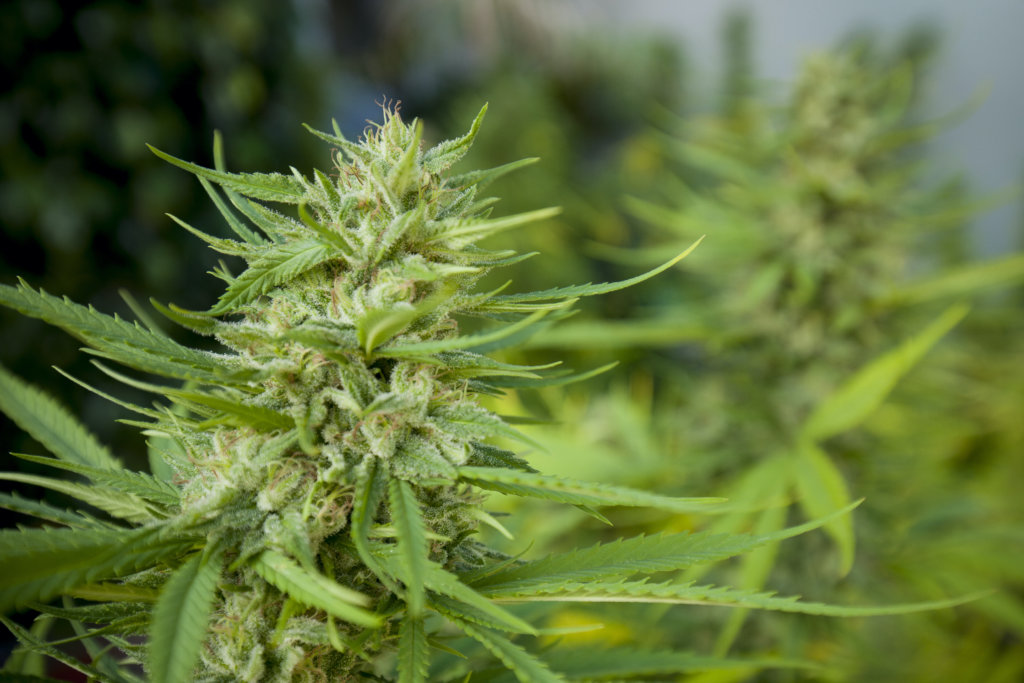
As you can see, each of these different seed types has its own particular niche in the cannabis cultivator's range of genetic options. Hopefully, our article has cleared up any confusion you may have had about the differences between them and also helped you to decide which of them is the best choice for your own particular circumstances. Please, feel free to leave your comment below and tell us what you think.
Whatever you choose to cultivate, happy growing!

















































